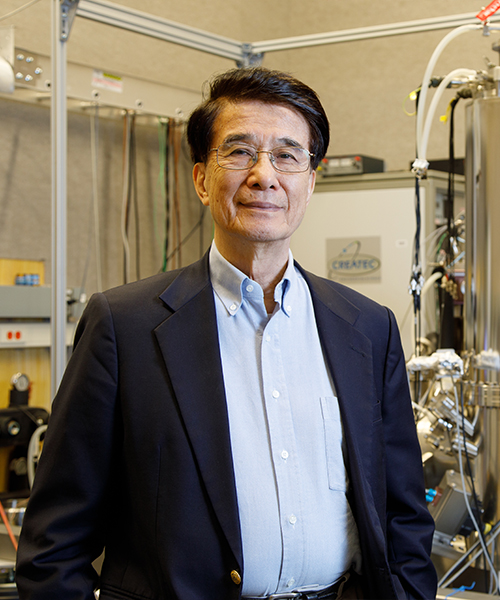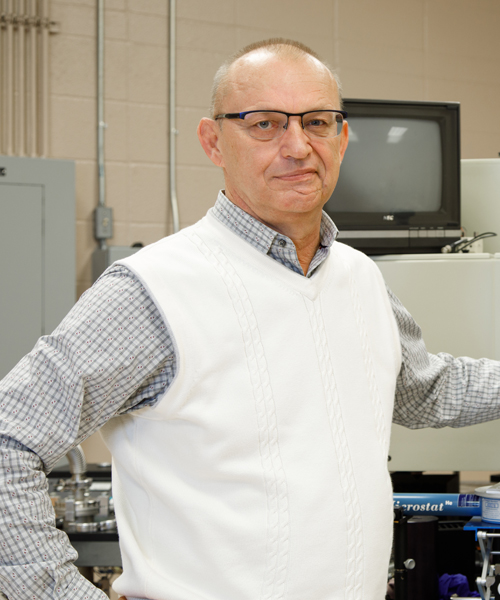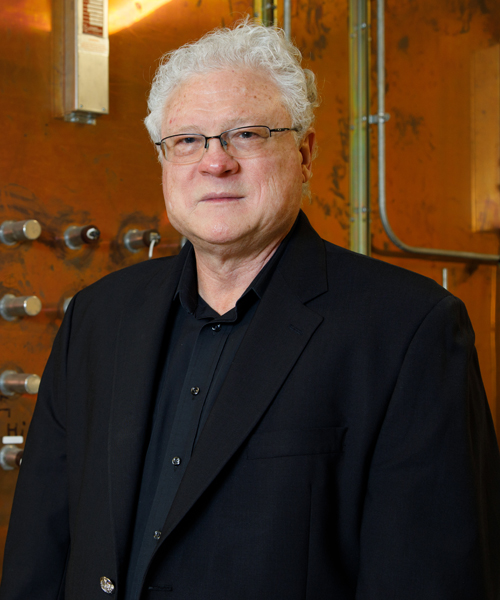TcSUH EventS

Special Seminar
A Global Odyssey: From Science to Administration; From the U.S. to the Orient
by: Dr. Ching Wu Chu
Date: Thursday October 14, 2004
Time: 4:00 pm – 5:00 pm
Location: Houston Science Center – Building 593 — Room 102
Overview
Life is a strange encounter. Three years ago, a difficult-to-refuse opportunity dogged me repeatedly and finally has helped expand my horizon from that of a scientist in the trenches at the University of Houston to that of the President of Hong Kong University of Science and Technology (HKUST) in the Orient, a young and rising premier university in the most dynamic region of our 21st century world. The vision, generosity, and hard work of colleagues on both sides of the Pacific these past three years have demonstrated once again that exceptions do exist to the expression "one cannot have his cake and eat it too." Science in our Houston lab has continued to flourish in the past three years, while new heights have been scaled by HKUST on her way to becoming a world-class university. Synergistic collaboration is being developed between UH and HKUST in the area of the almighty nanoscience and technology. In this talk, I will share with you my experience on this unusual odyssey and point out the opportunities and challenges ahead for us all as citizens of the global village.
Back to TcSUH News & Events

Bi-Weekly Seminar
Optical Spectroscopy of Manganese Oxides and Advanced Semiconducting Materials and Structures
by: Dr. Alexander P. Litvinchuk
Date: Thursday October 14, 2004
Time: 12:00 pm – 1:00 pm
Location: Houston Science Center – Building 593 — Room 102
Overview
Part of research activities within the Raman & Infrared Research Lab. of TcSAM will be overviewed. Using ultra-short period InAs/A1Sb superlattices and doped GaAs:N semiconducting films as examples we will demonstrate capabilities of optical pectroscopic techniques in the non-destructive characterization of advanced materials, which yields information on structure stability, spatial distribution and/or depth profile of dopants and impurities, bound and free charge carriers, their mobility, etc. Further, we will examine optical properties, charge and lattice dynamics of La1/2Ca1/2MnO3, which exhibits a rich phase diagram and a variety of intriguing properties due the delicate interplay of spin, charge, lattice, and orbital degrees of freedom. We will present the experimental evidence for the existence of an insulating ground state, development of the charge density waves, and opening of a gap in the excitation spectrum at low temperatures. Phonon and crystal-field excitations of hexagonal HoMnO3 single crystals will also be analyzed with the emphases on the anomalies due to antiferromagnetic Mn ordering.
Back to TcSUH News & Events
Special Seminar
Collective Modes in Unconventional Superconductors
by: Prof. Peter Brusov
Date: Friday September 24, 2004
Time: 12:00 pm – 1:00 pm
Location: Houston Science Center – Building 593 — Room 102
Overview
After the recent discovery of collective modes in unconventional superconductors (USC), their study becomes very important. Collective modes (CM) in HTSC exhibit themselves in many experiments: ultrasound attenuation (UA) and microwave absorption (MWA), neutron scattering, photoemission and Raman scattering, etc. The large peak in the dynamical spin susceptibility in HTSC arises from a weakly damped spindensity- wave CM. This gives rise to a dip between the sharp low energy peak and the higher binding energy hump in the ARPES spectrum. Also, the CM of amplitude fluctuation of the d-wave gap yields a broad peak above the pairbreaking threshold in the B1g Raman spectrum. The contribution of collective modes to UA and MWA may be substantial. We consider two-dimensional and three-dimensional models of p- and d-pairing for superconductors built by the path integration technique. Within these models we calculate the collective excitations in different unconventional superconductors [high temperature superconductors (HTSC), heavy fermion superconductors (HFSC), etc.] under p- and d-pairing. We consider both bulk and 2D systems. Some recent ideas concerning realization in HTSC of the mixtures of different states are investigated. In particular, we consider the mixture of two d-wave states in HTSC (of dx2-y2 and dXY states). Obtained results could be used for interpretation of the sound attenuation and microwave absorption data as well as for identi?cation of the type of pairing and order parameter in unconventional superconductors. They allow us to distinguish pure d-wave state from the mixture of two d-wave states in HTSC.
Back to TcSUH News & Events

Bi-Weekly Seminar
Electromagnetic Properties of Live Cells and Proteins
Date: Friday September 17, 2004
Time: 12:00 pm – 1:00 pm
Location: Houston Science Center – Building 593 — Room 102
Overview
A live cell in an electrolyte or other extracellular medium has a finite membrane potential due to a net negative charge in the interior, and can thus be polarized by an applied electric field. In addition, most proteins in their native (folded) state are either electrically charged (e.g. actin, which self assembles into 8-nm diameter filaments) or have a net electrical dipole moment (e.g. the a-b tubulin heterodimer). These properties lead to enormous dielectric responses at low frequencies, which can be probed non-invasively at various length scales. We observe changes with time in the dielectric properties of a-b tubulin heterodimers as they self assemble to form 25-nm diameter microtubules, a major component of the cellular cytoskeleton. In addition, we have been studying live cells, and, for example, have observed substantial reductions in the dielectric response of eucaryotic cells when exposed to respiratory inhibitors, such as cyanide, that attack the mitochondria. This is significant because it shows the technique can non-invasively probe the metabolic states of these internal organelles. More recently, our group has found possible evidence for novel phase transitions in the temperature-dependent dielectric responses of some biological systems, such as E. coli.
Back to TcSUH News & Events
Special Seminar
Prospects of Dilute Nitrides III-V Heterostructures for IR Photovoltaics and Recent Developments at TCSAM
by: Alex Freundlich
Date: Friday August 06, 2004
Time: 12:00 pm – 1:00 pm
Location: Houston Science Center – Building 593 — Room 102
Overview
The unusual bandgap shrinkage that accompanies the incorporation of small amounts of nitrogen (< few percent) in III-V semiconductors has sparked both theoretical and experimental research in the arena of dilute nitrogen containing III-V alloys. While considerable progress has been made, the encountered low solubility of N in these alloys and their poor optical properties have thus far hindered the expected rapid proliferation of the technology for IR and optoelectronic applications. The presentation highlights results of recent investigations at University of Houston on development of Ga(In)AsN based alloys and heterostructures (by RF- chemical beam epitaxy). Some key conditions favoring incorporation of large amounts of N (up to 7%) in epilayers are deciphered. In particular, the criticality of N-RF-plasma conditions (real time plasma spectroscopy) upon the incorporation of nitrogen in the solid and in controlling the optical properties of grown epilayers will be addressed. Based on experimental data presented here, a new dilute nitride-superlattice material design (lattice matched to InP) is devised and its potential for mid-IR applications (0.4-0.6 eV) will be discussed.
Back to TcSUH News & Events
